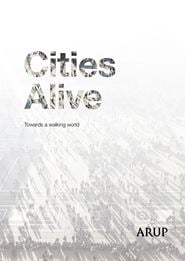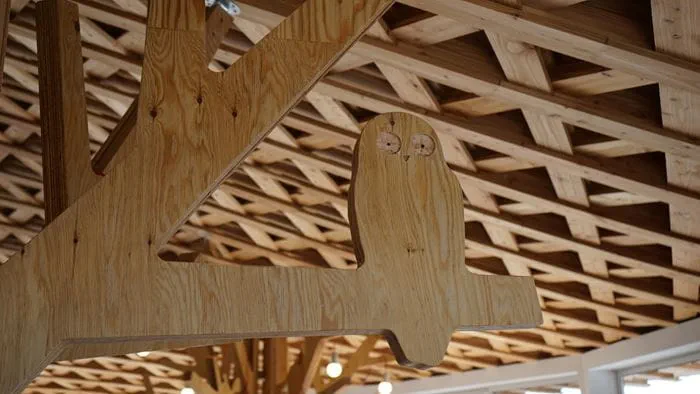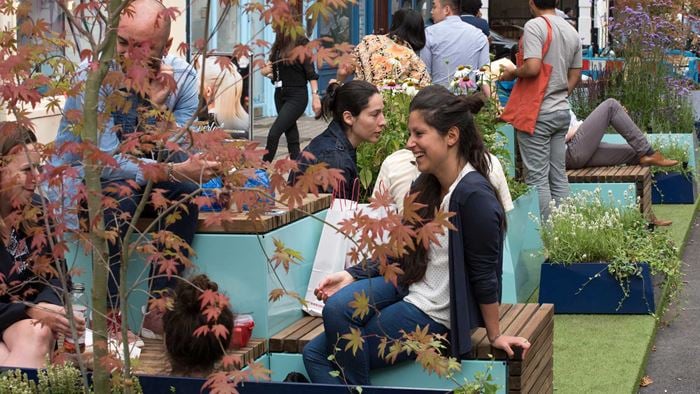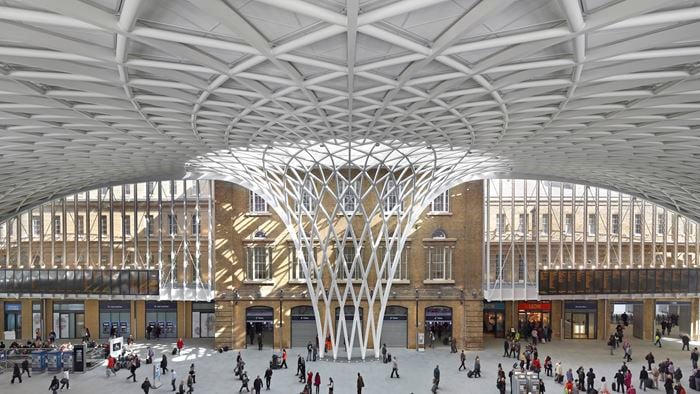Designing for children is better for everyone
Find out how a child-friendly approach to urban planning is vital for the creation of cities that work better for everyone. In our report Designing for urban childhoods, we explain how we can create healthier and more inclusive, resilient and competitive cities for all of us to live, work and grow up in. To showcase our thinking we compiled 40 global case studies, 14 recommended interventions and 15 actions for city leaders, developers and investors and built environment professionals.
The amount of time children spend playing outdoors, their ability to get around independently, and their level of contact with nature are strong indicators of how a city is performing, not just for children but for all generations of city dwellers. If cities fail to address the needs of children, they risk economic and cultural impacts as families move away.
Cities Alive: Designing for Urban Childhoods
Through case studies, recommended interventions and actions for city leaders, developers and investors and built environment professionals, this report shows how we can create healthier and more inclusive, resilient and competitive cities.
Download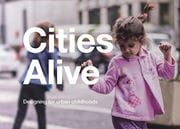
The ‘everyday freedoms’ of time spent playing outdoors, children’s ability to get around independently, and their level of contact with nature are strong indicators of how a city is performing, not just for children but for all generations of city dwellers. If cities fail to address the needs of children, they risk economic and cultural impacts as families move away. In the info-graphic below, we explore 14 ways to design child-friendly cities.

How children can influence all aspects of our cities
Less pollution, more green spaces, and the freedom to move about easily and safely – these are aspirations shared by city leaders and children alike. Although city leaders’ influence is understood, the role played by children in urban improvements has largely gone unnoticed – until now.
We’ve found a child-friendly approach to urban planning is essential for the creation of inclusive cities that work better for everyone.
“It’s about looking at what affects young people most and using this as a framework to inform all aspects of planning, designing or managing cities because it benefits all of us ” Sam Williams Landscape Architect
Beyond playgrounds, towards children's infrastructure
An integrated child-friendly approach reverses the idea that children’s space should be discreet areas, such as playgrounds, and excluded from other parts of the public realm. It’s not an either/or situation whereby an environment is child-friendly at the expense of any other group – instead, creating a ‘children’s infrastructure’ network of spaces, streets, nature and design interventions provides an opportunity to create better cities and better outcomes for all generations.
Children unify stakeholders
The consideration of children’s needs is highly effective in unifying politicians, planners and developers, as well as communities and businesses, on many aspects of the urban environment. When children are the over-riding motivation for improvement, consensus about the specific measures needed is more readily reached.
For example, prioritising the benefit to children’s lives was key to successfully delivering pedestrianisation in Tirana, Albania. In Ghent, Belgium, the city’s child-youth vision is the only recent city planning policy document to win cross-party political support.
“A child-friendly agenda is no longer simply a CSR requirement. Developers are beginning to see the benefits themselves ”
Felicitas Zu Dohna Foresight & Research Analyst
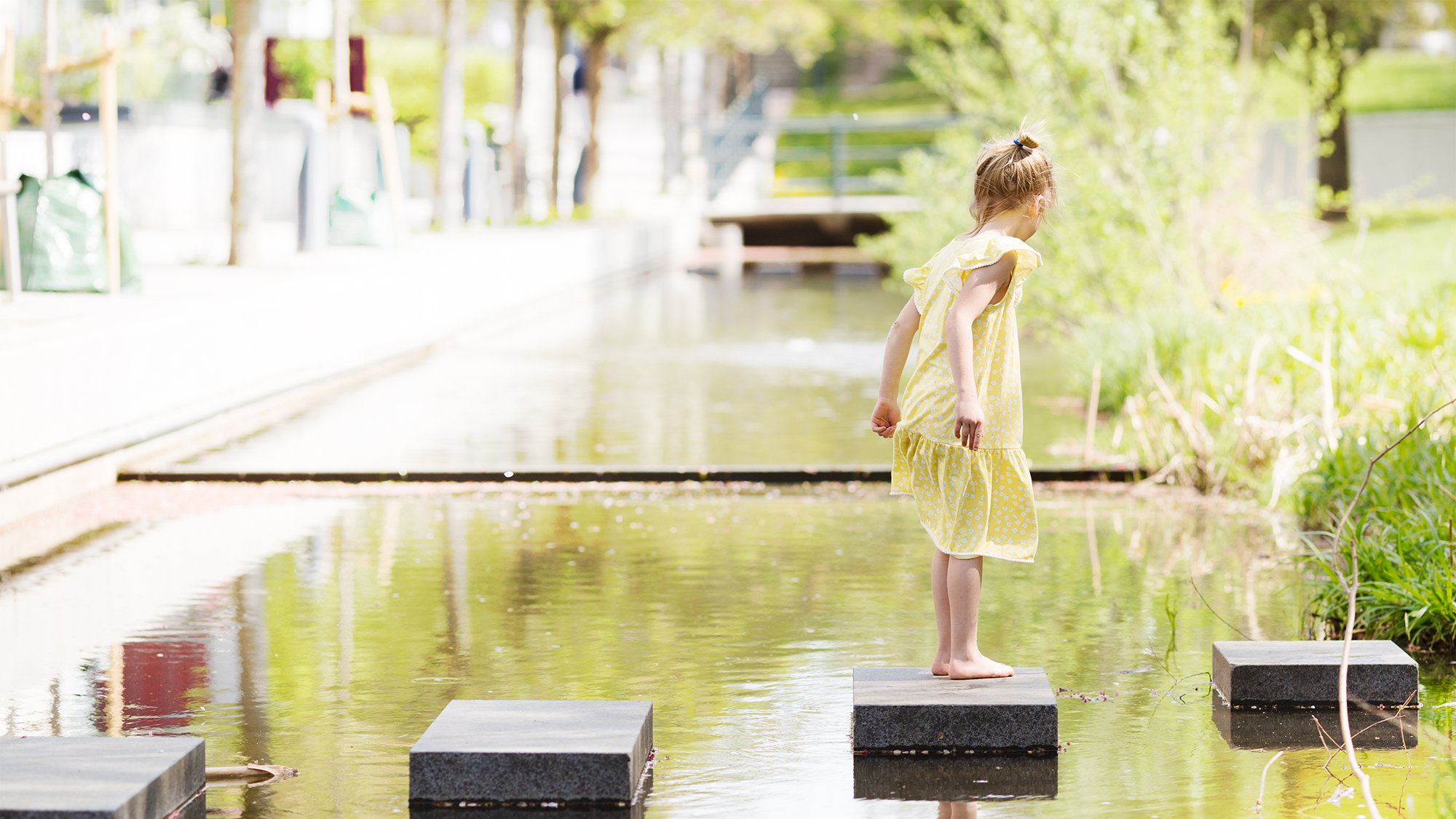
Developers are listening to children’s needs
The case for shaping planning and urban design around the needs of children is clear. If developments are attractive to children and families, they appeal to all ages, automatically marketing themselves, as vibrant, safe, clean places.
Developers also realise the economic benefit. When areas provide for everyone, space can be saved. Management costs also tend to fall because the more a public space is used and shared by a community, the more behaviours in public spaces automatically improve.
Consequently, a child-friendly agenda is no longer simply a CSR requirement. Developers are beginning to see the benefits themselves.
In Utrecht, in the Netherlands our expertise was sought on how to develop a new residential neighbourhood that appeals to families. We worked with the developer to priortise interventions that meet children’s needs. For example, we designed solutions that supported safe and active movement, creating a comfortable outdoor environment with spaces where the whole community could enjoy activities together in locations that caught the sun.
Other examples of developments where child-benefit has been put at the heart of plans and rationales include the mixed-use projects by Wesgroup at River District in Vancouver, Canada and Argent’s King’s Cross Central in London. They have both become highly desirable neighbourhoods to live, work and grow up in.
“Child friendliness should be considered in policies for transport, health, environment, arts and culture. ” Hannah Wright Urban Planner
.jpg?h=518&mw=950&w=920&hash=54DE5B00AFFA82DD43D209008B5D5CB9)
Children are influencing city planning
Prioritising children’s perspectives is about looking at what affects young people most and using this as a framework to inform all aspects of planning, designing or managing cities because it benefits all of us.
For example, children are more at risk from cars as they find it hard to judge their speed and are less visible to drivers, while young lungs are more susceptible to life-long damage from pollution. With this knowledge, planners and policymakers can reconsider their traffic measures, prioritising the next generation’s needs, which in turn benefits everyone.

Such an approach is visible in the draft London Plan which enshrines in its principles children’s ability to get around and to play actively in the city, in contrast to playing in specified areas. It’s a powerful shift – signifying that child-friendliness should be considered in policies for transport, health, environment, arts and culture.

Child-friendly principles can be applied everywhere
Even small actions that take a child’s perspectives can amount to big changes for the community.
For example, if all street furniture has to score highly on playability as well as functionality during procurement, a bench can become a destination; a child could crawl under it, climb over it, or swing on it, while accompanying parents are prompted to spend more time outside. Meanwhile, a requirement for a pavement to be 50cm wider could makes a street safer and more pleasant to walk along.
As our report shows, we believe child-friendly principles should be integrated from the outset for all aspects of urban projects. Only by taking such an approach will our cities be fit for our children to grow up in and for everyone to live and work in.
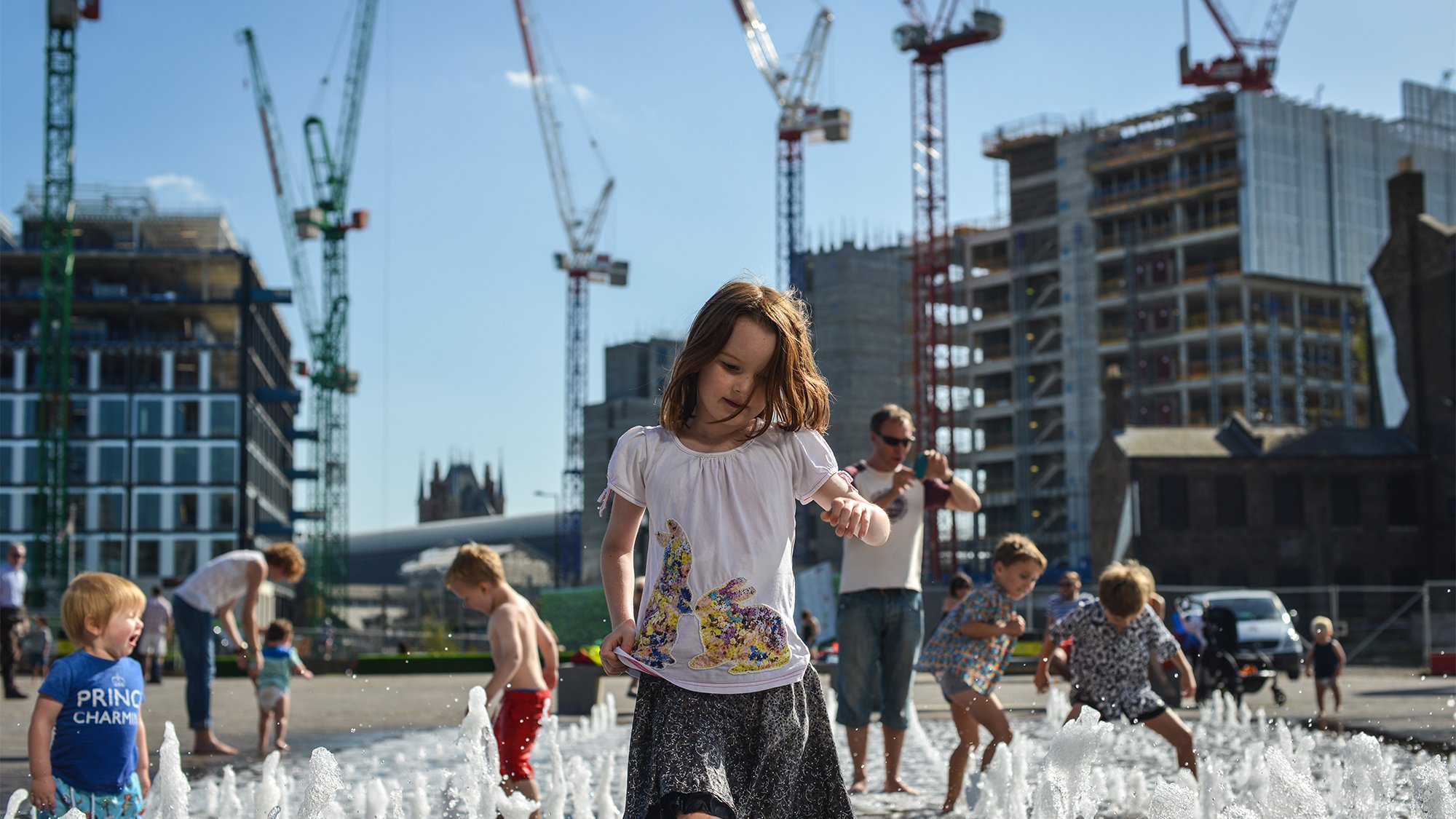 ;
;



.jpg?mw=185&hash=A9CC3C6D64140225C5A3C499C9FA4576)
